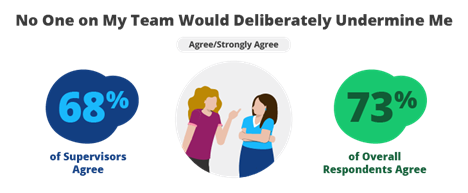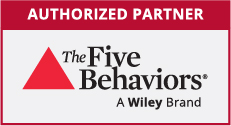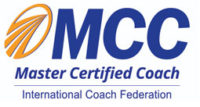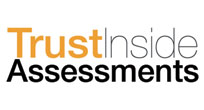Many organizations understand the power of having cultures that foster trust, communication, and collaboration but do not yet have the tools they need to make that vision a reality. When individuals feel comfortable taking risks, expressing ideas and concerns, asking questions, and admitting mistakes without fear of negative consequences, that is considered a psychologically safe environment, a term originated by author and Harvard Business School professor Amy Edmondson.
Given all of the changes in the workplace over the last few years, it has become increasingly important to the success of organizations to create cultures that prioritize psychological safety.
Wiley Workplace Intelligence set out to understand more about psychological safety in the workplace today. Are organizations creating psychologically safe environments or is there more work to do? And further, how does one’s level within an organization influence their level of psychological safety?
We surveyed 2,000 people using the framework of questions Edmonson outlined in her study on psychological safety and the results were intriguing.
Higher Levels Report Mistakes “Held Against Them” at Higher Numbers
Survey respondents in more senior positions (supervisor, director, and executive) reported feeling that mistakes on their team “were held against them” at higher levels than individual contributors and managers.
Being held accountable for a team’s performance is a normal part of a leadership role. However, this question was based on Edmonson’s criteria for a psychologically safe environment, assessing whether respondents experience feelings of being blamed or having mistakes held against them when they are made.
Having natural and expected accountability in a leadership role, vs. feeling as though mistakes are held against them or they are blamed for mistakes is the difference between a psychologically healthy or unhealthy work environment.
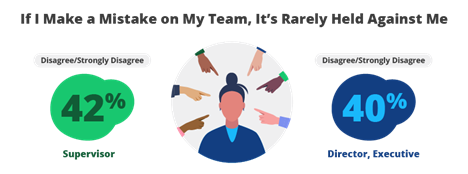
Middle Levels Are More Comfortable with Discomfort
Interestingly, individual contributors and executives both felt less comfortable bringing up problems and tough issues than their middle-level counterparts. Individual contributors specifically were 8-12 percentage points lower than other roles indicating discomfort around bringing up tough issues at work.
The majority of respondents shared that they largely do feel that they are able to bring up tough issues, which is good for team cohesion and communication. However, the lower numbers of individual contributors that report comfort in this area does point to the fact that there is work to do in going further to create environments where people at all levels feel comfortable having difficult conversations. This can include facilitated learning experiences that encourage building trust, which is the foundation of all great teamwork, and can make tough conversations less intimidating.
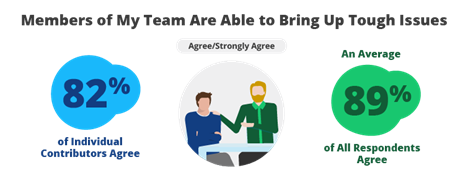
Risk-Taking Is Risky for Individual Contributors
There is a significant difference between how safe individual contributors and executives felt taking risks in their organizations. It is important to work towards creating cultures that value innovation at every level, regardless of their role. While it is a departure from more traditional (and increasingly outdated) corporate models, many organizations are coming around to the idea that innovation happens at every level, and it takes just one great idea to inspire something great – even if it is risky.
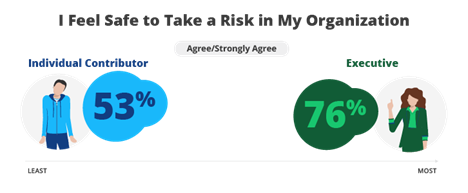
Managers Less Concerned with Deliberate Undermining than Counterparts
Interestingly, the number of people who believe that a team member would deliberately act in a way that undermines their efforts corresponded with directors and executives similarly, with supervisors reporting the lowest levels of agreement in this area.
Undermining is characteristic of a toxic culture and is a sign that work needs to be done to increase trust, communication, and cohesion.
The Higher the Level, the More Valued They Feel
A whopping 89% of executives reported that they agree or strongly agree that their unique skills and talents are valued on their teams compared to 82% of individual contributors.
While the exact reason for this difference is not clear, one can assume that positive reinforcement by way of career progression or financial compensation offers individuals affirmation that they are performing well which can, presumably, make people feel increasingly valued in their organization.
Taking time to recognize and appreciate your people for their contributions, at all levels and not only through promotions and financial gains, will add value in spades. Feeling valued at work has a strong correlation with a sense of belonging and productivity. Taking time to know and understand how your people like to receive recognition, and acting on it, is a sign of a great leader and healthy culture.

Executives Report Highest Levels of Psychological Safety
Based on this data, it’s not surprising that executives experience the highest level of psychological safety with 93% reporting that they feel mostly or completely psychologically safe at work. It’s important for a number of reasons, including wellbeing, retention, and results, that organizations work towards creating psychologically safe environments for everyone, not just those at the top.
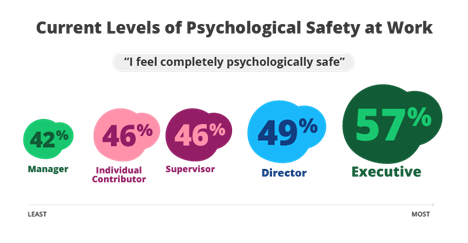
The Psychological Safety Gap
There is a discrepancy between the reported levels of psychological safety between supervisors, directors, executives and individual contributors and managers which speaks to a need for organizations to do more work to ensure that there is a foundation of trust at every level. Individual contributors and managers specifically report lower levels of psychological safety and feel less safe speaking up and less valued for their contributions which could not only impact their engagement and wellbeing, but your results and success long-term as an organization.
How Leaders Can Foster a Psychologically Safe Workplace
Our respondents were asked what qualities they seek in a leader, and their answers provide actionable insight into what people are wanting from their leaders today. ‘Communicates effectively’ topped the list with 33% of respondents ranking it first. ‘Creates a safe place for sharing different perspectives’ came in second with 16%.
It’s clear that there is a need for more skills in the areas of communication and relationship building in order to increase psychological safety across all levels of an organization. While technical skills are often easily accessed, it can be harder to know where to start building those more “soft” skills that make a huge impact on the wellbeing of organizational culture.
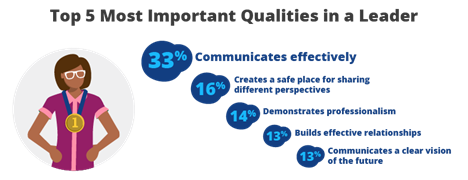
Create Psychological Safety with the Help of Facilitated Learning Experiences
Everything DiSC® and The Five Behaviors® help build the skills that create the qualities people look for in a great leader, including building effective relationships and better communication. When individuals have the skills to encourage understanding, empathy, trust, and teamwork, the entire organization benefits.
Wiley assessment brands do this by creating the basis for psychological safety at work and giving organizations the tools they need to understand more about themselves and others, creating a foundation of trust that inspires psychological safety.
To learn more, connect with Laura A. Davis and Associates, your Everything DiSC, PXT Select, and Five Behaviors Authorized Partner.



